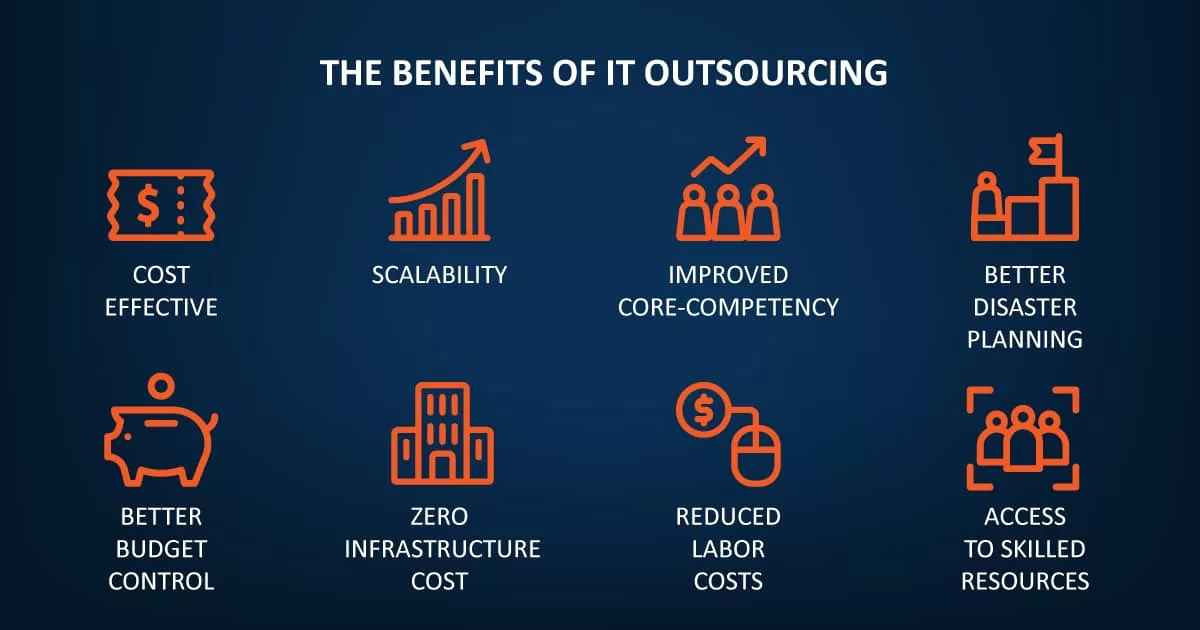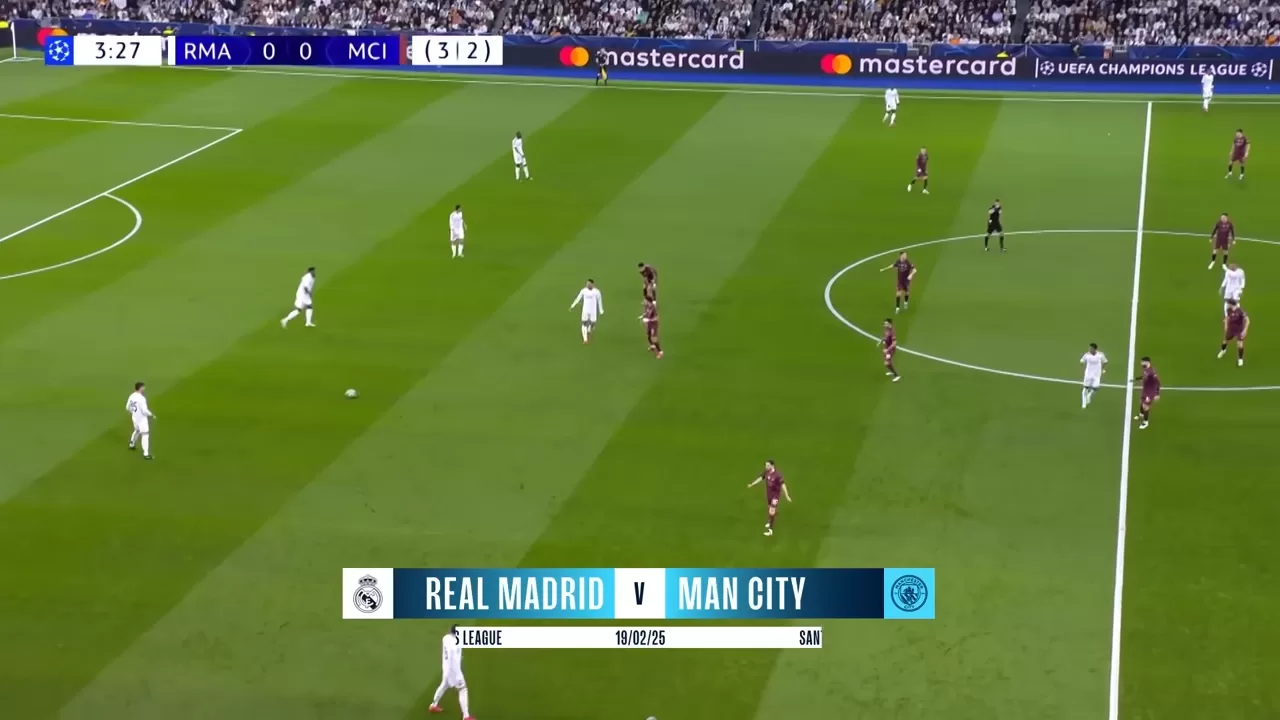In the information age, access to high-quality educational materials is no longer a privilege — it’s a necessity. As digital platforms evolve and learning methods diversify, students across the globe are turning to online academic resources to supplement their studies, clarify difficult concepts, and deepen their understanding of complex subjects.
Among these resources, structured educational reference material plays a vital role in helping learners grasp challenging content and prepare for success.
The New Era of Self-Education
The traditional classroom still holds value, but more students than ever are relying on online tools to complement their learning. Whether it’s due to distance learning, busy schedules, or a desire to explore topics independently, self-guided education is becoming the norm.
Digital academic content — such as lecture summaries, concept overviews, and exam-ready outlines — offers a reliable and flexible way to absorb information outside of textbooks. For many, it’s not just a supplement, but a lifeline.
What Makes a Good Academic Resource?
High-quality educational materials share common characteristics:
- Clarity – Information is organized and easy to follow.
- Relevance – Content is aligned with real academic curricula.
- Efficiency – Summarized material saves students valuable time.
- Credibility – The source is trustworthy and free of misinformation.
This combination of features empowers students to focus, study more effectively, and feel more confident in their understanding of a subject.
A great example of such content can be found in this educational reference material, which presents academic information in a straightforward, well-organized format — ideal for revision, note-taking, or independent study.
Who Benefits Most From These Materials?
These kinds of academic references are widely used by:
- University students seeking concise explanations of lecture content.
- High school learners preparing for exams or catching up on missed material.
- Adult learners and professionals revisiting theoretical concepts.
- Tutors and teachers looking for quick refresher guides and topic breakdowns.
Their flexible format also allows students to adapt materials to their own learning styles — visual, auditory, or kinesthetic.
The Role of Free Access in Modern Education
Perhaps the most powerful element of online educational content is its accessibility. Free or open-access platforms level the playing field for learners who may not have access to traditional materials due to financial or geographic barriers.
This democratization of knowledge encourages curiosity, promotes self-education, and fosters lifelong learning — values that are essential in our rapidly changing world.
Final Thoughts
Digital academic resources are more than just notes — they are tools of empowerment. In a landscape where information is overwhelming and time is limited, the right educational content can make all the difference. Whether you’re cramming for a test, revisiting a theory, or just curious about a new topic, trusted online materials are an invaluable ally.
Take advantage of open knowledge and make learning an everyday experience — with guides like this educational reference material, education becomes not just accessible, but truly transformative.



